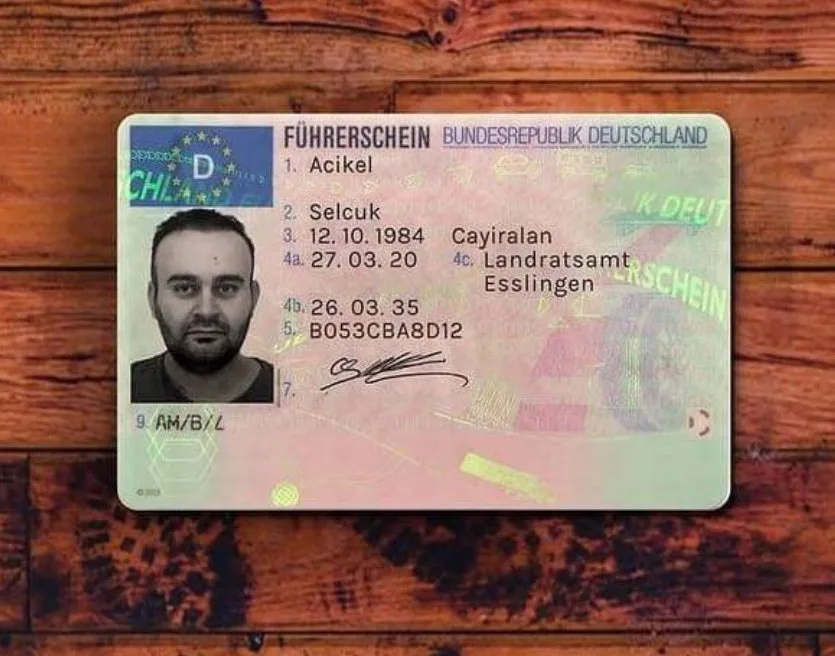How to Acquire a Car Driving License: A Step-by-Step Guide
Obtaining a car driving license is a critical turning point for many individuals, offering the flexibility to check out, commute, and travel at your own rate. Whether you're a teen eager to drive or an adult looking for more independence, the procedure can appear overwhelming. This post provides a thorough guide to help you browse the steps to get your driving license efficiently and effectively.
Understanding the Basics
Before diving into the acquisition process, it's important to understand the kinds of licenses available and the basic requirements. In many regions, the process can be divided into 3 main categories:
Learner's Permit: This is often the very first step, enabling new motorists to practice driving under particular constraints.
Intermediate License: Depending on your area, this may follow the learner phase and enables for more freedom but might have restrictions, specifically for more youthful drivers.
Complete Driving License: This is the supreme goal, enabling you to drive without limitations.
General Requirements
While specific requirements vary by state or nation, typical requirements generally consist of:
Age: Must be of a minimum age (generally in between 16-18).
Vision: A basic eye exam might be needed.
Documents: Proof of identity, residency, and in some cases completion of a driver's education course.
Step-by-Step Process to Acquire a Driving License
Step 1: Check Your Eligibility
Start by investigating your regional policies relating to age, necessary documents, and eligibility requirements. Visit your country or state's motor automobile department site for the most accurate and updated info.
Action 2: Obtain a Learner's Permit
Study for the Written Test: Many jurisdictions need new drivers to pass a composed test covering the guidelines of the road, traffic indications, and safe driving practices. fahren lernen ohne prüfung in a driver's handbook and take practice tests available online.
Prepare for the Test: Make arrangements to take the written exam, which may be available online or at your regional motor lorry workplace. Bring the required documents, such as proof of identity, and payment for any charges.
Pass the Test: Upon passing the composed test, you'll receive your learner's license. At this stage, you may need to adhere to particular restrictions, such as only driving with a certified grownup.
Action 3: Practice Driving
Behind-the-Wheel Experience: Use your student's license to gain useful driving experience. begleitetes fahren kaufen of areas need a minimum variety of monitored driving hours, generally ranging from 20 to 50 hours. Practice a variety of conditions, including day and night driving, highway driving, and unfavorable weather condition conditions.
Driver's Education Course: Although not compulsory in every area, finishing a driver's education course can offer important instructional knowledge and might be required for more youthful prospects.
Step 4: Schedule Your Driving Test
After acquiring sufficient driving experience and meeting your region's requirements, schedule a driving test with your local automobile authority.

Practice for the Driving Test: Familiarize yourself with the testing treatments and common maneuvers required throughout the test, such as parallel parking, lane changes, and complying with traffic signals.
Collect Required Documents: Ensure you have your student's authorization, evidence of identity, and any extra files needed for the test.
Step 5: Take the Driving Test
On the day of your driving test:
Arrive Early: Give yourself plenty of time to relax and gather your thoughts before the test starts.
Bring a Suitable Vehicle: Ensure that the car you prepare to utilize is in great condition, has legitimate registration and insurance coverage, and fulfills all safety requirements.
Stay Calm and Focused: Listen thoroughly to the examiner's instructions and display safe driving practices throughout the test.
Action 6: Receive Your License
Upon passing the driving test, you'll receive your full driving license or an intermediate license, depending on your age and capability. Congratulations!
Action 7: Learn to Drive Responsibly
Having a driving license features duties. Constantly follow traffic laws, stay focused while driving, and respect other road users. Think about registering in protective driving courses to enhance safety awareness.
Conclusion
Obtaining a car driving license is an essential action toward independence and responsibility. By following these actions and cultivating safe driving practices, you'll not only get your license but likewise end up being a proficient and diligent driver. Keep in mind, the journey to becoming an adept driver continues even after acquiring your license. Always remain notified about roadway rules, practice frequently, and go for continual improvement on the roadway. Safe travels!
